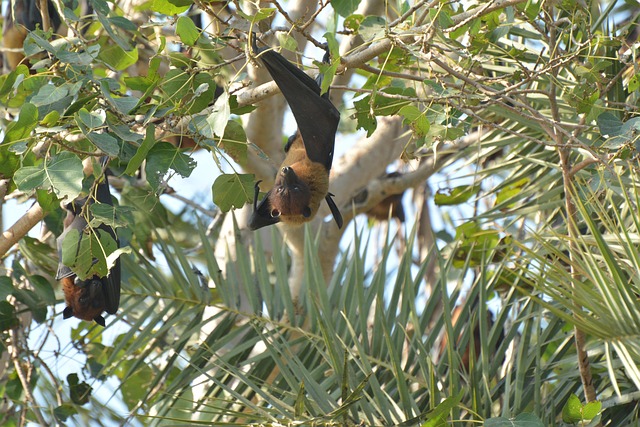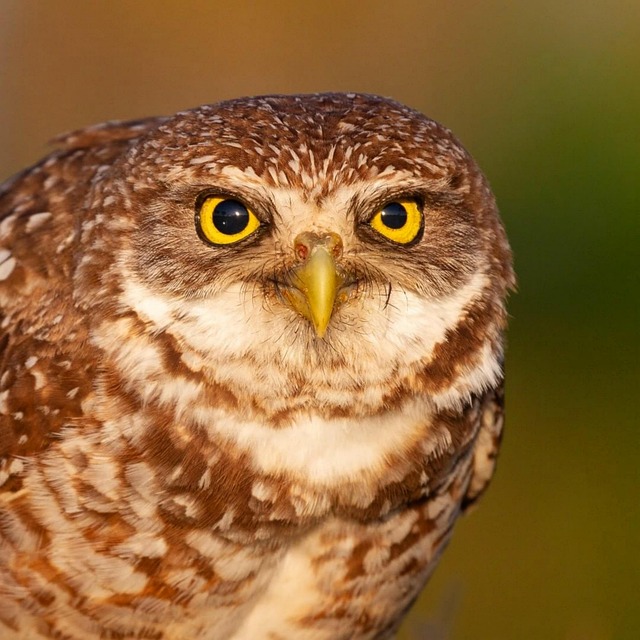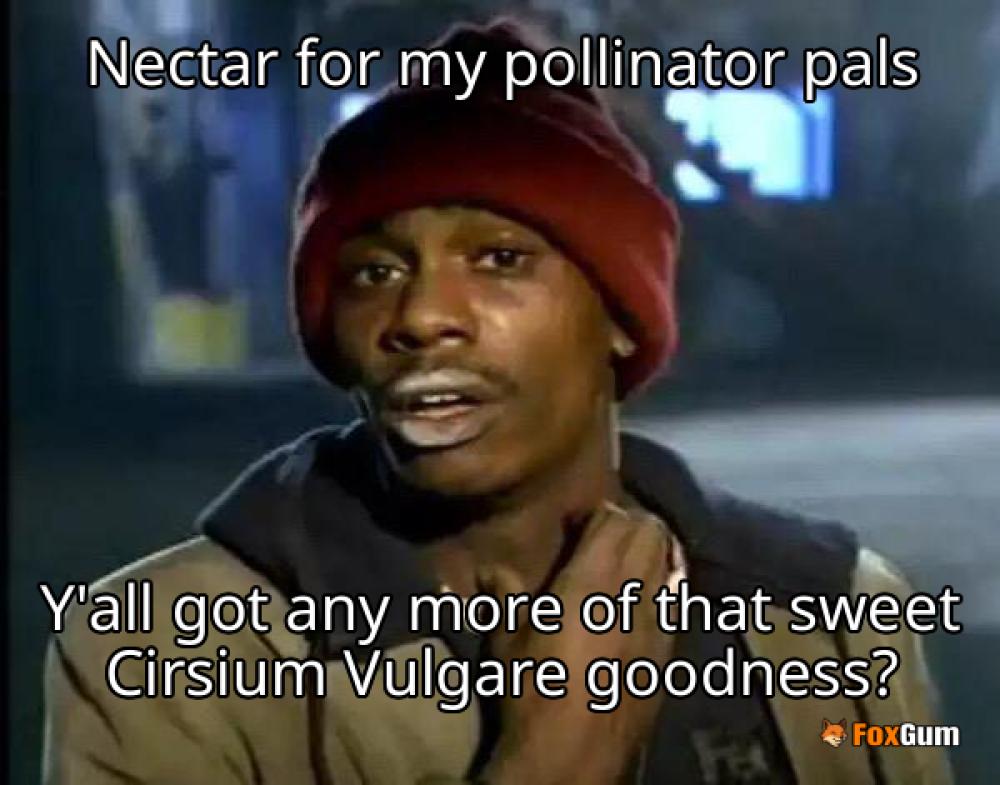
The Spectral Bat
The spectral bat (Vampyrum spectrum), also known as the great false vampire bat, is a fascinating creature that captures the imagination of many. Found in the lush forests of Mexico, Central America, and South America, this remarkable bat is the only member of its genus, making it quite unique in the animal kingdom. With its impressive size and intriguing feeding habits, the spectral bat is a true marvel of nature! 🦇
Physical Characteristics
One of the first things you might notice about the spectral bat is its size. These bats can have a wingspan of up to 1 meter (about 3 feet), making them one of the largest bats in the Americas. They have a distinctive appearance with large ears, a broad snout, and a soft, velvety fur that ranges from dark brown to gray. Their big eyes are adapted for low-light conditions, allowing them to navigate through the forest at night with ease.
Diet and Hunting Behavior
The spectral bat is a carnivorous bat, which sets it apart from many of its insect-eating relatives. This bat primarily feeds on small vertebrates, including birds, rodents, and even other bats! Its hunting strategy is quite fascinating; it uses echolocation to locate prey in the dark, swooping down silently to catch its meal. This unique diet plays a significant role in the ecosystem, helping to control populations of small mammals and birds.
Habitat and Distribution
These bats thrive in tropical and subtropical forests, where they can find ample food and suitable roosting sites. They prefer dense foliage, which provides cover from predators and a place to rest during the day. The spectral bat is primarily found in the following regions:
- Mexico
- Central America
- Parts of South America, including Colombia and Brazil
Due to habitat loss and deforestation, their populations are under threat, making conservation efforts increasingly important.
Evolutionary Background
The spectral bat has a rich evolutionary history. It diverged from other leaf-nosed bats around 20.75 million years ago, with its closest living relative being the big-eared woolly bat. Interestingly, both of these genera evolved from an insectivorous ancestor, showcasing the diverse adaptations of bats over millions of years. 🦇✨
Conservation Status
As with many wildlife species, the spectral bat faces challenges due to habitat destruction and climate change. Conservation efforts are crucial to ensure that these magnificent creatures continue to thrive in their natural habitats. Protecting their ecosystems not only benefits the spectral bat but also supports the overall biodiversity of the regions they inhabit.
Conclusion
The spectral bat is a captivating example of nature's diversity and adaptability. With its unique characteristics and important role in the ecosystem, it serves as a reminder of the wonders of wildlife. By learning about and supporting conservation efforts, we can help ensure that future generations will also be able to admire these incredible creatures. So, the next time you hear a bat flapping in the night, think of the spectral bat and the amazing world it represents! 🌍

















 Collections Debt: What You Need to Know
Collections Debt: What You Need to Know 
 Health
Health  Fitness
Fitness  Lifestyle
Lifestyle  Tech
Tech  Travel
Travel  Food
Food  Education
Education  Parenting
Parenting  Career & Work
Career & Work  Hobbies
Hobbies  Wellness
Wellness  Beauty
Beauty  Cars
Cars  Art
Art  Science
Science  Culture
Culture  Books
Books  Music
Music  Movies
Movies  Gaming
Gaming  Sports
Sports  Nature
Nature  Home & Garden
Home & Garden  Business & Finance
Business & Finance  Relationships
Relationships  Pets
Pets  Shopping
Shopping  Mindset & Inspiration
Mindset & Inspiration  Environment
Environment  Gadgets
Gadgets  Politics
Politics 